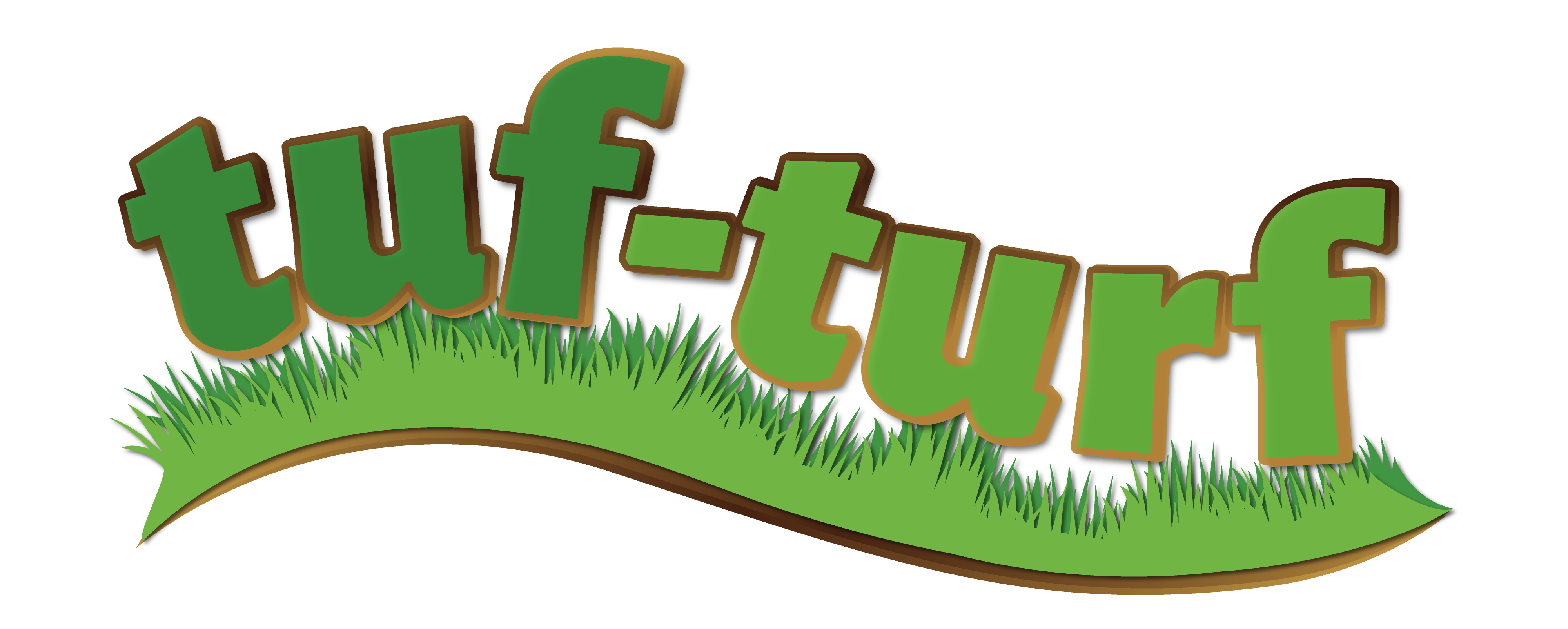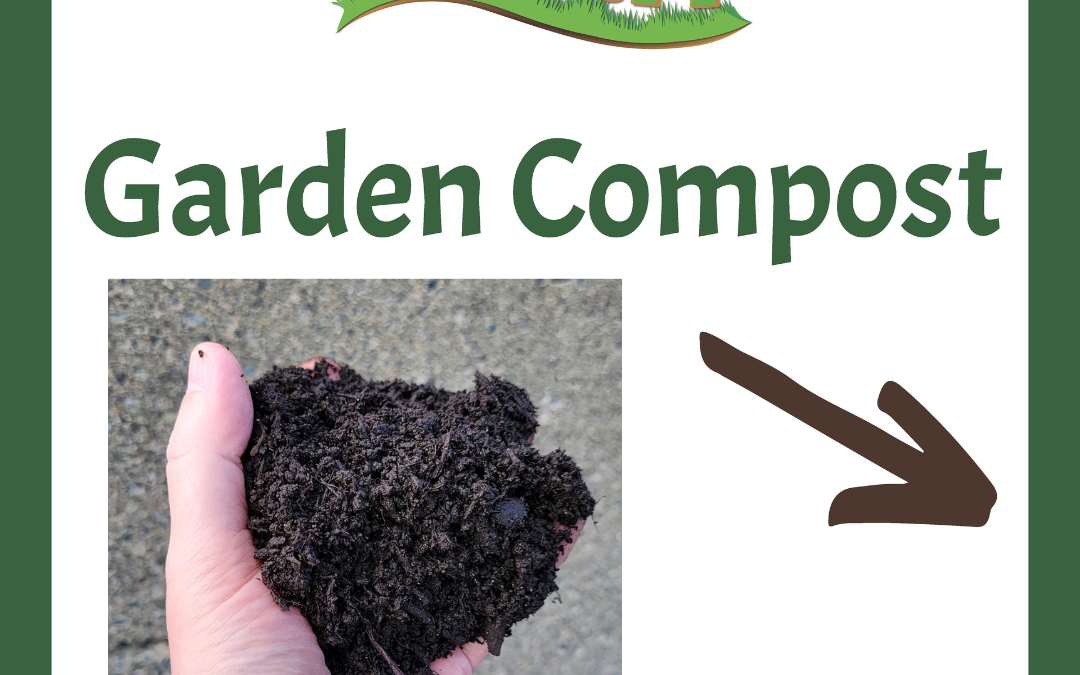At Tuf-Turf we enjoy welcoming the many homeowners and gardening enthusiasts that visit our yard for supplies and knowledge. We often get questions concerning the benefits of compost. Our team finds immense satisfaction in comprehending the intricacies of plant growth and soil health. A crucial component of this realm, often overlooked, is composting. By recycling yard waste, we can harness an unparalleled medium for enriching our gardens. This blog will discuss the advantages of using compost to elevate your gardening endeavors with some great “how to compost” tips if you’d like to at your own home.
- An Ecological Cycle in Your Garden’s Ecosystem
At the heart of composting lies the basic ecological principle of nutrient cycling. Through the decomposition of organic materials, like leaves, grass clippings, and organic kitchen scraps, one can regenerate your soil. This cyclical process ensures the continuous availability of vital nutrients, fostering optimal plant health.
- Enhancement of Soil Structure
Compost introduces a porous and crumbly texture to the soil. This improved structure facilitates better root penetration, water retention, and aeration. Notably, well-structured soil minimizes the risk of erosion, fosters microbial life, and aids in root respiration.
- Nutrient-Rich, Naturally
The organic nature of compost introduces a balanced array of macro and micronutrients, ensuring plants receive holistic nourishment. Unlike synthetic fertilizers which can cause nutrient burn or salt build-up, compost releases nutrients slowly, guaranteeing steady and sustained plant growth.
- Disease and Pest Suppression
Healthy soil, enriched with compost, fortifies and strengthens plants against common diseases and pests. This robustness is attributed to the beneficial microbes introduced via compost, which compete with or inhibit harmful pathogens.
- Sustainable Waste Management
In an era where sustainable practices are imperative, composting stands out as an environmentally friendly method of managing yard and kitchen waste. By diverting organic waste from landfills, we reduce methane emissions, a potent greenhouse gas, contributing to a healthier planet.
- Economic Efficiency
For homeowners who invest in soil additives and fertilizers, composting offers an economical alternative (sweat equity). By turning waste into wealth, gardens can thrive without additional expenditures on commercial soil enhancers.
How to compost at home:
Composting garden waste and kitchen scraps at home is a sustainable way to recycle organic materials, enrich your soil, and reduce landfill waste. Here are the best practices and methods to ensure effective composting:
- Choose a Compost Bin: Depending on your available space, you can choose from:
- Outdoor Piles: Suitable for large gardens or yards.
- Compost Bins or Tumblers: These are enclosed and can fit in small gardens or patios.
- Worm Bins (Vermicomposting): Suitable for indoor or balcony composting.
What to Compost:
Greens (Nitrogen-rich): Vegetable and fruit scraps, grass clippings, green leaves, tea bags, and fresh manure (from herbivores like cows, chickens, or rabbits).
Browns (Carbon-rich): Dried leaves, straw, hay, small branches, cardboard, paper, wood ash, coffee grounds eggshells.
What NOT to Compost:
- Meat, dairy, and oily foods (attract pests).
- Diseased plants.
- Human or pet waste (can transmit diseases).
- Pernicious weeds or plants that have gone to seed.
- Chemically-treated wood products.
Layering your compost:
- Start with coarse, dry materials like twigs at the base for airflow.
- Layer greens and browns alternately, with more browns than greens (a general rule is 3 parts browns to 1 part greens).
- Add a shovelful of garden soil or finished compost occasionally to introduce beneficial microbes.
- Turn Regularly: Every week or so, turn the pile to introduce air and speed up decomposition. This is especially crucial if you notice the compost becoming compacted or smelly.
- Moisture: The compost should be as moist as a wrung-out sponge. If it’s too dry, add water. If it’s too wet, add more browns.
- Size Matters: For outdoor piles, aim for a minimum size of 3ft x 3ft x 3ft to ensure sufficient heat generation. This helps in breaking down materials faster.
- Temperature: Heat is a sign of microbial activity. If your pile is warm or hot in the middle, decomposition is underway. If it’s cold, you may need to adjust the green/brown ratio, add water, or turn the pile.
To use: Mix with garden soil, use as mulch or brew compost tea.
Troubleshooting challenges with compost:
- Smelly Compost: Too wet or too many greens. Add browns and turn.
- Flies or Pests: Ensure kitchen scraps are buried well. Avoid adding meat or oily foods.
- Slow Decomposition: Too dry, lack of nitrogen, or pile too small. Moisturize, add greens or increase the pile size.
Remember, composting is as much an art as it is a science. With experience, you’ll learn to judge what your compost pile needs by its look and smell. Don’t be discouraged by initial mistakes; they’re part of the learning process.
The CRD has some great resources as well to help you learn about composting
Tuf-Turf offers ready to use Compost
While creating compost at home is a rewarding endeavor, it requires time and consistent effort. For those seeking immediate soil enrichment, Tuf-Turf offers high-quality compost. Opt for Tuf-Turf’s compost, and witness a remarkable transformation in your garden’s vitality.
To all the passionate green thumbs out there, may your gardens flourish, and may you continually discover the wonders of horticulture and always remember the tuf-turf team is here to help in any way we can.

